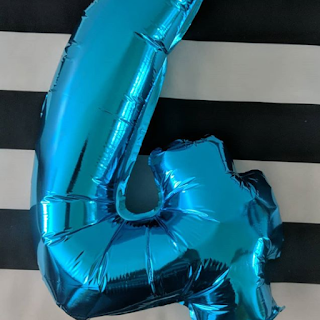Here are my reading notes for the week: a mix of AI research and evaluation, .NET and Linux troubleshooting, testing framework changes, and JavaScript/TypeScript perspectives, plus a few podcast episodes on C#, work design, and software modernization that I found worthwhile.
AI
- Introducing Research-Eval: A Benchmark for Search-Augmented LLMs (Reka Team) - One thing that has fascinated me since the beginning of this AI trend is how they test and measure the efficiency of those models. This post is going to go into details and share the benchmark (oss) and the results very interesting
Programming
Fixing an old .NET Core native library loading issue on Alpine (Andrew Lock) - Great post that not only provides the solution but also explains the process of thought and experimentation to find that solution. I love it!
Converting an xUnit test project to TUnit (Andrew Lock) - Like Andrew said in this post, changing your test framework is a big deal, but I will definitely consider TUnit for my next project. A very interesting post.
JavaScript or TypeScript? How To Benefit From the Dichotomy (Ivan Velichko) - Interesting opinion for an interesting question, and the author has a lot of experience in many different types of language so it's a good read
Podcasts
C# 14 with Dustin Campbell (.NET Rocks!) - Nice episode talking about C# and more precisely things that are related to Razor Pages. Always nice to listen to Carl and Richard.
10 Steps To A Manageable Podcast Social Media Plan (For You Or Your Assistant) (Feed Your Brand) - In this episode, she goes over all the steps to do our Podcast Social Media Plan. What to do or not, things to avoid, and this kind of details.
How work design can reignite tremendous results (Modern Mentor) - Two Modern Mentor episodes this week, I love those shorter, concentrated episodes. This one focuses on ideas to help leaders redesign how work gets done.
How to learn at work when there’s no time for learning (Modern Mentor) - That one is about bold ideas to spark new ideas and learn from them.
The Transformation Trap: Why Software Modernization Is Harder Than It Looks (Screaming in the Cloud) - Interesting episode that covers interesting topics like AI in software development and upgrading legacy systems.
Sharing my Reading Notes is a habit I started a long time ago, where I share a list of all the articles, blog posts, and books that catch my interest during the week.
If you have interesting content, share it!
~frank





















